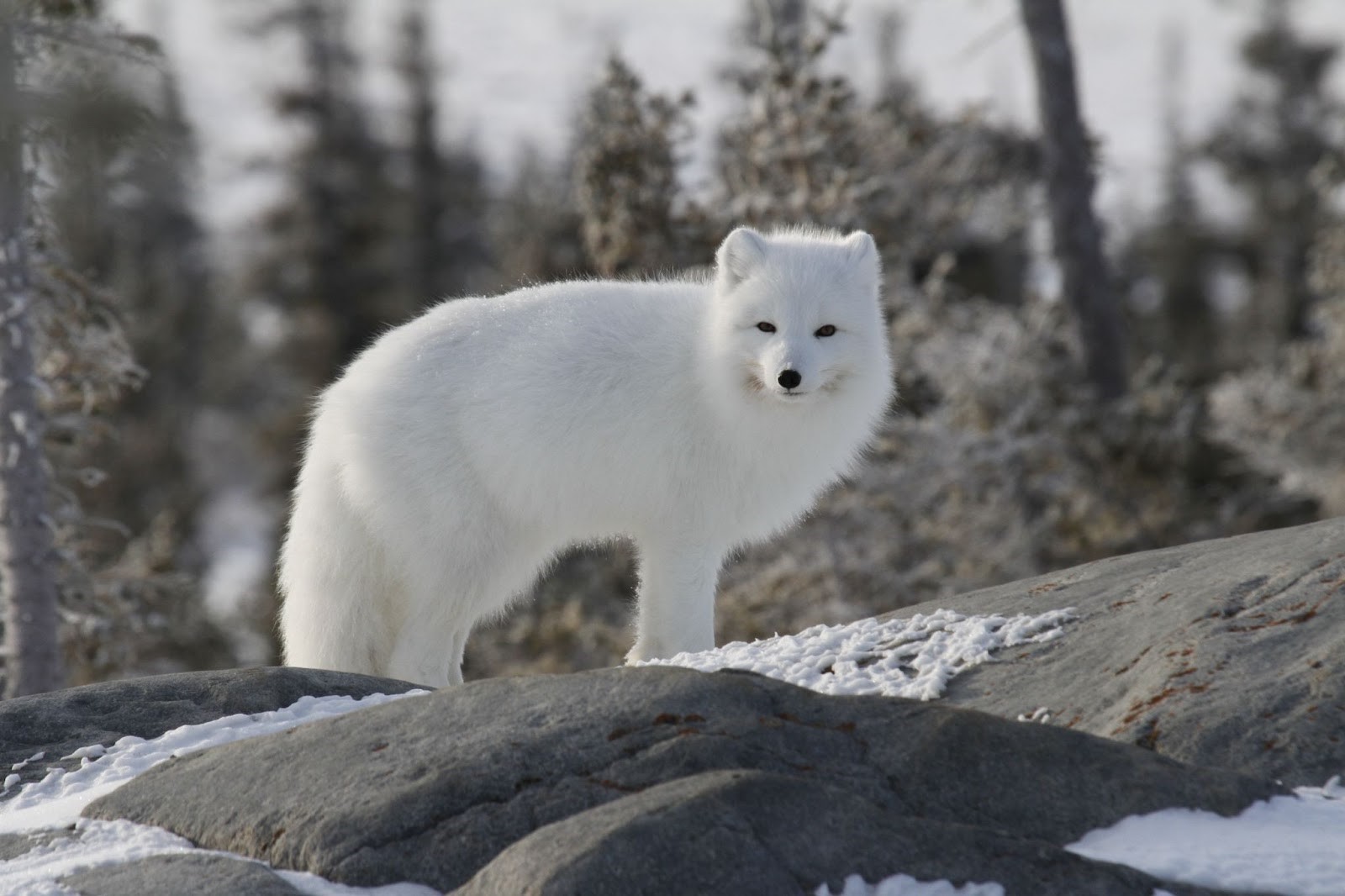
Ever wondered about the fluffy critters that roam the icy expanses of the Arctic? Yes, I'm talking about Arctic foxes, those adorable bundles of fur with secrets as fascinating as their habitats. Arctic fox facts might just surprise you, revealing a world far beyond what meets the eye. From their incredible survival adaptations to their mysterious behaviors, there's a lot to uncover about these enigmatic creatures. So, why do these foxes change color, and how do they manage to thrive in such freezing conditions? Get ready to dive into a frosty adventure as we unveil 20 astonishing facts about Arctic foxes. Trust me, it's going to be a cool ride!
Key Takeaways:
- Arctic foxes are masters of survival in the frigid Arctic, using their white fur for camouflage and adapting their diet to thrive. They face threats from climate change, competition, and historical fur trade, but conservation efforts are underway to protect them.
- These fascinating creatures exhibit unique behaviors, such as long migrations and social interactions, and hold special significance in Indigenous cultures. Conservationists are working to preserve their natural habitat and combat climate change to ensure their survival.
What Makes Arctic Foxes Unique?
Arctic foxes, known for their pristine white fur during winter, possess remarkable adaptations that allow them to thrive in some of Earth's most frigid environments. Unlike other mammals that shiver from the cold, these foxes are well-equipped to handle temperatures as low as -58 degrees Fahrenheit.
-
Winter camouflage: Their white coat isn't just for show; it serves as perfect camouflage against the snow and ice, helping them to avoid predators and sneak up on prey.
-
Color change: Come summer, their fur changes to a brown or gray color, blending seamlessly with the tundra's rock and plant life, showcasing their adaptability to seasonal changes.
-
Insulation: Beneath their visible coat lies a thick, warm underfur, which, along with a fat layer, provides insulation against the cold.
Arctic Foxes' Diet and Hunting Techniques
Surviving in the Arctic requires not just resilience but also cunning. Arctic foxes are opportunistic feeders, adapting their diet to the available resources.
-
Varied diet: Their diet primarily consists of small mammals, like lemmings. However, they also eat birds, fish, and even carrion left by larger predators.
-
Keen hunters: They have incredible hearing, capable of detecting prey moving under the snow. Once located, they perform a characteristic high pounce to break through the snow and catch their quarry.
-
Scavengers: During winter, when prey is scarce, these foxes often follow polar bears to scavenge leftovers from their kills, showcasing their resourcefulness.
Reproduction and Lifespan of Arctic Foxes
The harsh conditions of the Arctic do not deter these foxes from raising their young in this unforgiving landscape.
-
Breeding season: Arctic foxes usually breed once a year, with litters born in the spring. The size of the litter can dramatically increase if food is abundant, sometimes reaching up to 14 pups.
-
Parental care: Both parents take part in raising the young, with the male providing food for the female and pups during the early weeks.
-
Lifespan: In the wild, Arctic foxes live for about 3 to 6 years, though in captivity, they can live up to 14 years, indicating the significant impact of environmental pressures on their lifespan.
Threats to Their Survival
Despite their adaptability, Arctic foxes face threats from climate change and human activities.
-
Climate change: Warming temperatures are reducing the ice habitats of the Arctic fox, affecting their hunting grounds and food sources.
-
Competition: The red fox, which is larger, is expanding its territory into the Arctic, competing with the Arctic fox for food and sometimes preying on them.
-
Fur trade: Historically, Arctic foxes were heavily hunted for their fur, leading to a decline in some populations. Conservation efforts have helped, but they are still hunted in some regions.
Conservation Efforts
Recognizing the challenges Arctic foxes face, conservationists are working to ensure their survival.
-
Protected areas: Establishing protected areas in the Arctic helps preserve their natural habitat and food sources.
-
Climate action: Efforts to combat climate change indirectly benefit Arctic foxes by preserving their icy home.
-
Research and monitoring: Scientists continue to study Arctic foxes, monitoring their population sizes and health, to better understand how to protect them.
Fascinating Behaviors of Arctic Foxes
Arctic foxes exhibit behaviors that are not only adaptations to their environment but also fascinating to observe.
-
Migration: Some Arctic foxes undertake long migrations, traveling thousands of kilometers between their breeding sites and wintering grounds.
-
Social animals: Outside of the breeding season, Arctic foxes can be quite social, sometimes forming small groups to help each other survive.
-
Vocalizations: They communicate with a variety of sounds, from barks during the breeding season to whimpers and howls for communication within the family group.
The Arctic Fox's Role in Indigenous Cultures
Arctic foxes hold a special place in the lore and economy of Indigenous peoples of the Arctic.
-
Cultural significance: For many Indigenous groups, the Arctic fox is featured in stories and legends, often symbolizing cunning and adaptability.
-
Economic role: The fur of Arctic foxes has been used by Indigenous peoples for centuries to make warm clothing essential for survival in the Arctic climate.
A Final Peek at Arctic Marvels
Arctic foxes, with their snowy coats and cunning survival tactics, are truly marvels of nature. We've journeyed through their world, uncovering fascinating facts about their diet, behavior, and incredible adaptations to one of Earth's harshest environments. These creatures aren't just survivors; they're thriving examples of nature's ingenuity. From changing fur colors with the seasons to their keen hunting skills, every detail about them is a testament to the resilience and beauty of wildlife in the Arctic. Remember, their survival hinges not just on their adaptability but also on our commitment to preserving their icy habitats. Let's carry forward this newfound knowledge and appreciation, ensuring these magnificent animals continue to roam the Arctic tundra for generations to come.
Frequently Asked Questions
Was this page helpful?
Our commitment to delivering trustworthy and engaging content is at the heart of what we do. Each fact on our site is contributed by real users like you, bringing a wealth of diverse insights and information. To ensure the highest standards of accuracy and reliability, our dedicated editors meticulously review each submission. This process guarantees that the facts we share are not only fascinating but also credible. Trust in our commitment to quality and authenticity as you explore and learn with us.


